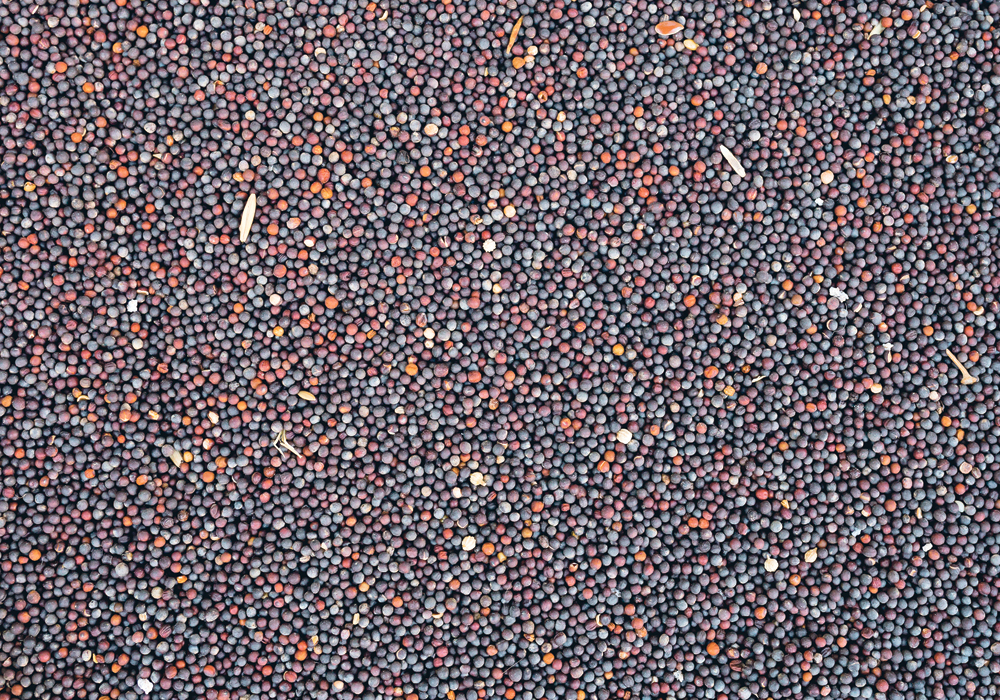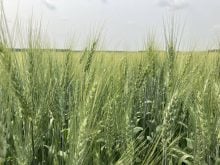Scientists often cringe when asked a speculative question.
Not Gary Peng.
He had an immediate answer to this question: how much would canola yields increase if all producers followed a three-year crop rotation?
“If we could put in a two-year break between the canola, the benefit on reducing the pathogen inoculum (for blackleg and clubroot) and boosting the yield and productivity would be tremendous,” said Peng, an Agriculture Canada plant pathologist in Saskatoon.
“In scientific words, we would call it significant. Ten percent could be quite achievable.”
Read Also

Gap in emission regulations hamstrings Canadian hybrid truck manufacturer
A B.C. company building hybrid engines for heavy trucks says they have the opportunity to build something leading edge in Canada, but our own laws are stopping them from doing it.
Peng’s conclusion is based upon research done by Bruce Gossen, his colleague at Agriculture Canada in Saskatoon.
In 2014 and 2015, Gossen studied the metabolic cost of clubroot on canola plants at the University of Guelph in Ontario because clubroot spores are present in the soils at the Muck Crops Research Station.
Metabolic cost is the negative effect on growth and development, when a plant uses energy to fight a disease.
When high loads of clubroot spores were present in controlled conditions in Gossen’s experiment, the height of clubroot-resistant cultivars declined and the crop produced less biomass.
“When we were looking at situations where we could (measure) yield, under controlled conditions, we were getting sometimes 12 percent yield reduction with these high rates of inoculum,” Gossen said. “We concluded the differences would be even bigger, under field conditions.”
The field results at the U of Guelph were less consistent. In one year, the plant height and biomass of resistant canola varieties were reduced by 30 and 43 percent, respectively, eight weeks after seeding.
In the other year, clubroot pressure didn’t affect the growth and development of resistant varieties.
Nonetheless, Gossen concluded that “when symptoms of clubroot are not visible in a resistant variety, there’s likely a yield penalty when there’s a high concentration of spores in the soil.”
Gossen’s research is intriguing, but other Agriculture Canada research has more definite answers when it comes to crop rotation and canola yields.
Neil Harker, now retired, and Brenna Tidemann have studied crop rotations for nine years. They compared continuous Liberty Link canola, continuous Roundup Ready canola, canola in a two-year rotation with wheat, and canola in a three-year rotation with peas and barley. Trials were conducted at five locations across the Prairies.
“When all sites and years are averaged, canola yield improved five bushels per acre with a one-year break and another five bu. per acre with a two-year break,” the Canola Council of Canada reported in November.
Results were not consistent from site to site, but in some years the yield differences at certain sites were shocking.
“In 2016 (at Melfort) canola yields were 17 bu. per ac. higher with a one-year break and 34 bu. per ac. higher with a two-year break,” the canola council said.
On fields with clubroot, Gossen thinks there would be a 10 percent yield boost from just reducing disease pressure.
When combined with a longer break between canola, the yield benefit could be much larger.
















